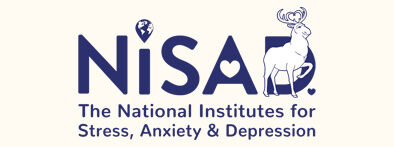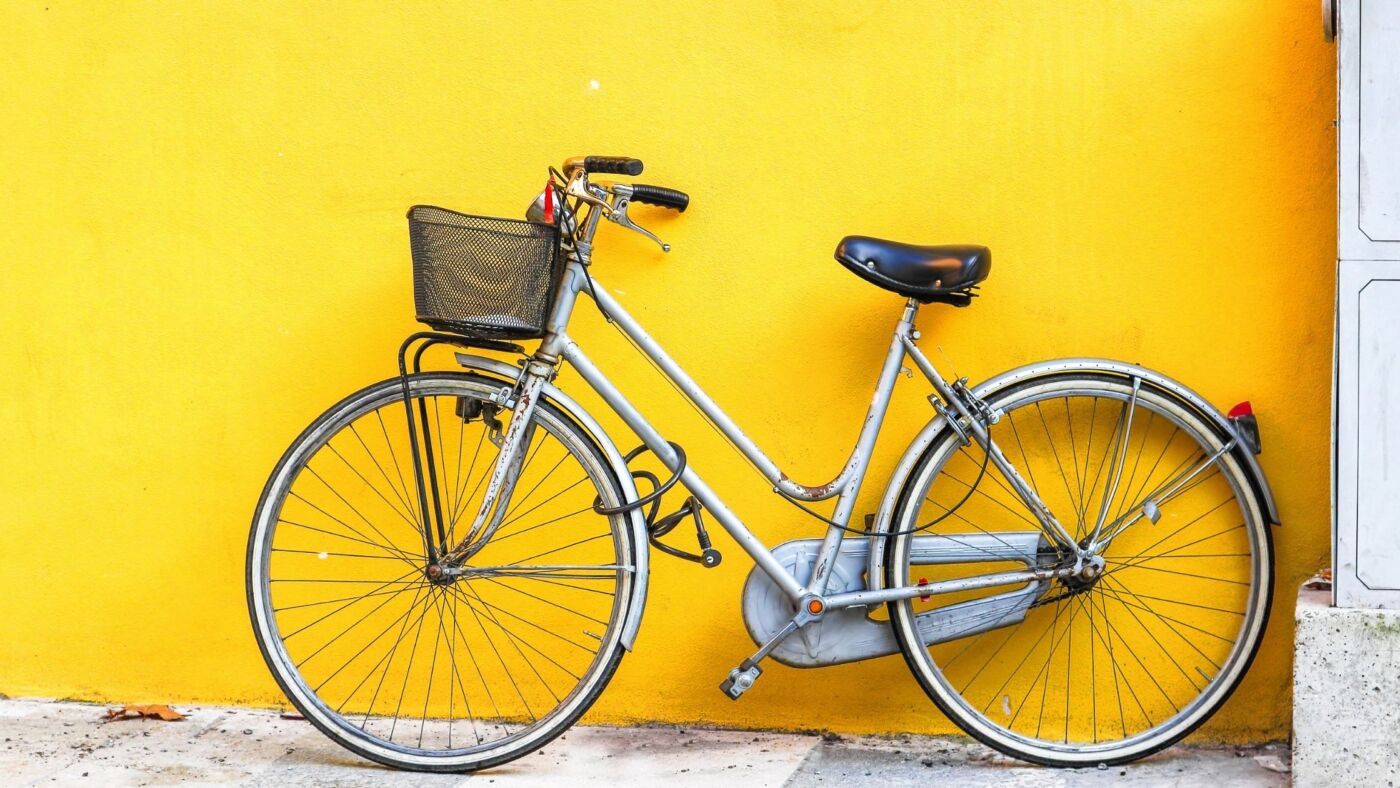Many of us have been enjoying the benefits of working from home this year.
A super short commute! Freshly prepared, home-made lunches! Extra time! To name just a few of the bounties. It’s been an opportunity to get wonderfully comfortable in our homes.
Though perhaps too comfortable…
With fewer reasons or possibilities to get out and about, it’s all too easy to let the amount of activity we do slide. We can then even start to feel a bit sluggish or lethargic, which makes the thought of being active less appealing. And so the cycle of inactivity continues. If this sounds familiar, rest assured that this happens to many of us.
Why our minds work against us in this way may seem puzzling when we know the positive effects that being active has on our emotional and physical wellbeing. Yet, in prehistoric times our brains would have been intent on conserving energy until we had to use it in seeking out our next meal or fleeing from a predator.
Activity and all its benefits were a given. Conserving energy, where possible, was a must.
We now live in a very different world, but our brains are still running the old programme. This is why it’s so easy to slip into a comfortable routine of inactivity even though we know deep down we’d feel better if we were more active.
Yet don’t despair. Our brains are very pliable.
Here are 7 simple tricks to engage your brain in the pleasure of being more active.
1. Use your words lovingly
Most of us feel more motivated when we’re encouraged with kind words. So, drop any sergeant major speak and talk to yourself as you would to a good friend.
Thinking about doing some ‘activity’ rather than ‘exercise’ can also make a difference in how we feel about the prospect. The word ‘exercise’ often has unpleasant associations such as a gruelling cross-country race, hours freezing on hockey pitches in mid-winter or having to do PE in your knickers because you forgot your gym kit. ‘Activity’ on the other hand can sound much jollier. Of course, we’re all different so there may be a word that you find more appealing.
2. Start small
Two tricks in one here. Firstly, don’t start out by doing too much especially if being active is a new thing or it’s been a while. The key is to establish the daily habit of doing some activity. You might begin with a 5-minute walk, a 2-minute dance around the room or a few stretches. Whatever feels manageable. Get comfortable with doing some activity regularly and then gently build on this as your energy levels and ability increase.
Secondly, approach the activity by paying attention only to the very first, small action. It might be as simple as putting on your shoes, getting out your yoga mat or doing an initial stretch. Don’t think ahead; just focus on that first small activity. (See how we’re bringing in some mindfulness here ?).
Once you’ve completed that first small action, it becomes easier to do the next one: for example, opening the front door and stepping outside, putting on a yoga video, or doing the first few minutes of the activity. It’s often the case that once we get going, and we just focus on the present moment, the activity becomes more enjoyable and we feel more alert and energised. We may even end up doing more than we planned.
3. Maintain the chain
Equally, some days we may just not feel like it at all. And that’s OK. Just do what you can – even if it’s just a few minutes. By doing something, you’re reinforcing the habit so that you’re more likely to do something again the next day, and the next. Just remember that anything more than nothing is an accomplishment.
If you tend to be competitive with yourself and find that you always try to do more than the time before, this can lead to a feeling of failure if you have an off-day or find that you’ve over-faced yourself. A great way of adding a bit of competition in a supportive way is instead to set yourself the target of doing something each day.
You can check off each day you do some activity, and at the end of each month give yourself a pat on the back for maintaining the chain. An alternative is each day to put a coin in jar and save up for a reward (such as a massage, art gallery exhibition, or whatever takes your fancy) – or in our increasingly cashless societies, you might swap a coin for a bean!
4. Focus on the activity rather than the outcome
It’s great to have long-term goals such as improving our health. These goals are what help us to make the decision to be more active. If strong enough they can even motivate us to stick to our plan. Yet it’s often the case that our initial enthusiasm wears off if we’re trying to just get through the activity in order to meet our goal.
By contrast, if we shift our daily focus away from the desired outcome onto the actual process of being active, this is often accompanied by a beneficial shift in feeling about the activity. We then end up naturally getting closer to our goal without striving for it. You might compare this to walking up a long, steep hill or tall escalator. If we keep looking upwards at our destination, it seems to take forever to get there! However, by instead turning our gaze lower and focussing on our footsteps, before we know it, we’ve reached the top.
When doing an activity, bring your attention to the present. What can you find in the moment that’s enjoyable or to be appreciated? Maybe the good feeling in your body as you stretch. The pleasure of being outdoors and feeling the wind, sun or rain on your face. The colours in your surroundings. The rhythm of the music. The fun or focus of playing word games in your head.
5. Make it a priority
If we attach importance to things, we’re more likely to want to do them. Scheduling the activity in our diary, or putting a reminder note somewhere we frequently see it, can prompt our brain to attach importance to the activity.
If we tend to get caught up in work, it can be helpful to get in the activity early in the day. This is especially true if we’re somewhere where the nights are drawing in and the evenings getting colder. The added benefit of doing an activity early in the day is that we can then feel more alert and energised for the work that follows.
6. Feed two birds with one scone
Many of us used to get activity from our daily commute. If this is no longer possible, there are other ways of combining activities. A walk may go well with a shopping trip, a work call or a quiet moment to think through plans for the week. Faster-paced activities can provide a good opportunity to clear the mind and work through solutions to a problem. After all, stepping away from our desk can often be enough to get a different perspective on a situation.
7. Fidget freely
Finally, sitting at our computer doesn’t need to mean sitting stock-still. Fidgeting, wriggling around, standing up to get things, stretching, and so on are all ways of being more active. And this kind of activity, labelled ‘non-exercise activity thermogenesis’ (NEAT) has even been shown to make a difference to how much body-fat we store.*1 The other great thing about this kind of gentle but ongoing activity is that we are then more likely to feel like being active.
If we’re slumped like a stone in front of the computer going to get something out of the cupboard just on the other side of the room can feel like a HUGE effort! Yet, if we’re already wriggling around, the movement naturally comes easier. (How misguided those teachers were when they told us not to fidget!)
All too often we can build the idea of ‘being active’ up in our heads as something overwhelming or unachievable. Yet, it’s our thoughts about it that are creating the barrier. When we start to change our thinking, it’s possible to uncover ways we can incorporate activity into our daily life that are both manageable and enjoyable.
This is particularly true when stimulated by activity, the “feel-good hormones” of dopamine, endorphins and serotonin begin to flow.
Sometimes we may not feel like doing the activity but when we realise activity makes us feel good, it becomes easier to entice our brain into wanting to be more active.
- Mayo Clinic. “Fidgeting, Moving Around Key To Why Some Don’t Gain Weight.” ScienceDaily, 19 January 1999. Retrieved 14 October 2020. https://www.sciencedaily.com/releases/1999/01/990119080449.htm

Alison Easton
BA(Hons) HPD DipCHyp
Director of Clinical and Creative Development
For nearly 10 years, I have been providing therapy using hypnosis to assist people in changing the beliefs and habits that are making them unwell or unhappy into those that foster health and happiness.
My role at NISAD draws on this experience to write informative and compassionate content to support all that visit us on social media and on our ELK.Health programmes.


